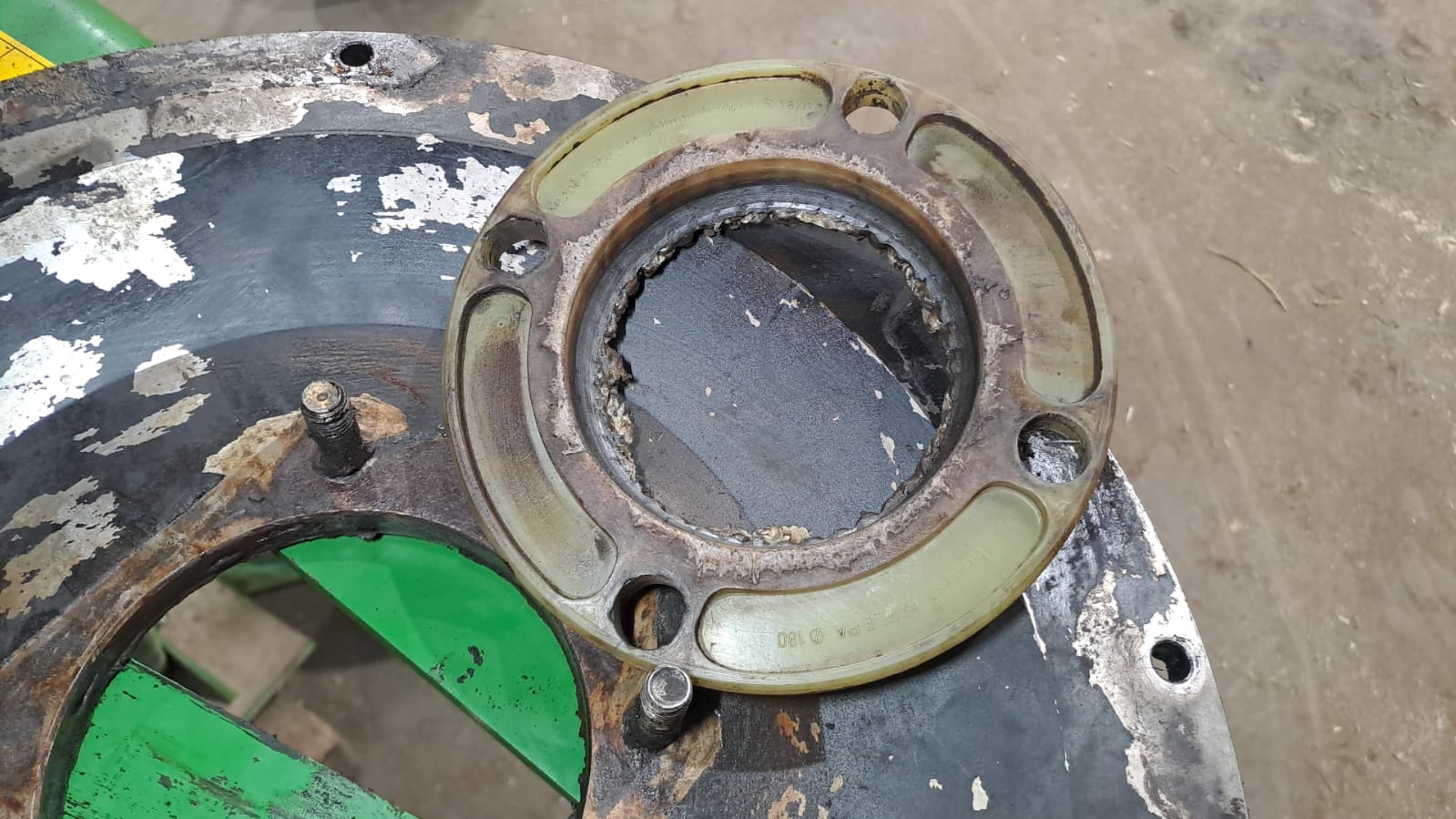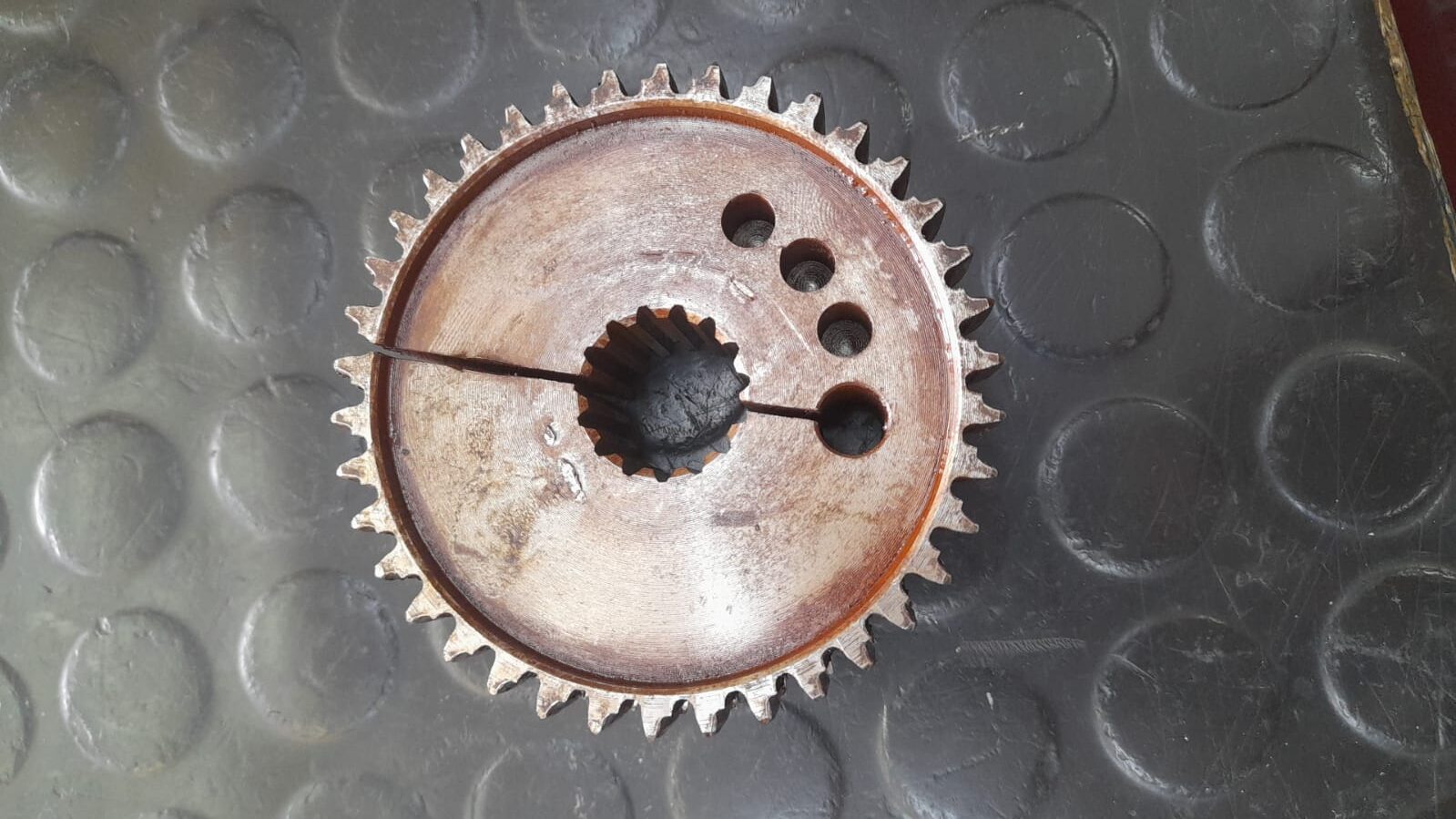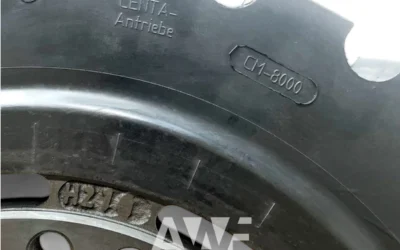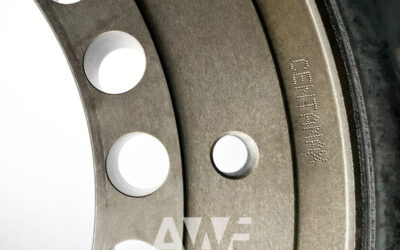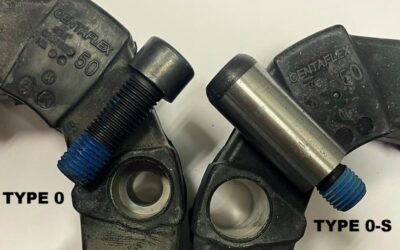Read Article
Read Article
Discussion –
Common Failure Causes in BoWex® FLE-PA Couplings – What to Watch For and How to Avoid Downtime
When your engine-to-pump connection fails, the coupling is often the first component to inspect. The BoWex® FLE-PA flange coupling — produced by KTR-Kupplungstechnik and marked with >PA6-GF25< | D-4440 Rheine — is widely used in mobile machinery, powerpacks, and compact engine systems.
It’s engineered for reliability, but like any mechanical component, it can fail if misused or misinstalled.
In this article, we explore the most common causes of failure in BoWex FLE-PA couplings and how to prevent them — especially when dealing with urgent field repairs or aftermarket replacements.
🛠 1. Improper Axial Installation
One of the top causes of failure is incorrect axial positioning of the coupling hub and flange. If the hub is not properly seated within the flange, the curved-tooth geometry is compromised. This leads to:
- Uneven load distribution
- Premature wear of the polyamide teeth
- Axial thrust that the coupling wasn’t designed to absorb
Solution: Always follow the official KTR assembly instructions and check for full seating before fastening.
🛠 2. Misalignment Between Engine and Pump
While BoWex FLE-PA can tolerate some angular and axial misalignment, it is not a flexible coupling in the elastic sense. Excessive misalignment causes:
- Abnormal wear on gear teeth
- Tooth breakage
- Noise, vibration, and shortened coupling life
Tip: Align the engine and pump shafts within KTR’s specified tolerances. Use feeler gauges and dial indicators if necessary.
🛠 3. Incorrect Tightening Torque
Using the wrong torque on mounting screws can lead to:
- Loosening under vibration
- Flange cracking (especially in smaller sizes)
- Deformation of the curved-tooth engagement
Tip: Use proper torque values as specified in the manual. We supply the correct OEM screw sets for each size.

🛠 4. Thermal Overload
Although the flange is made from durable PA6-GF25 (glass fiber reinforced polyamide), overheating can deform the material or degrade long-term strength. Causes include:
- Operating in sealed engine compartments with poor airflow
- Prolonged high-load duty cycles
- Engine exhaust routing too close to the coupling
Recommendation: Use heat shields or provide ventilation. Check your application environment against KTR’s temperature limits.
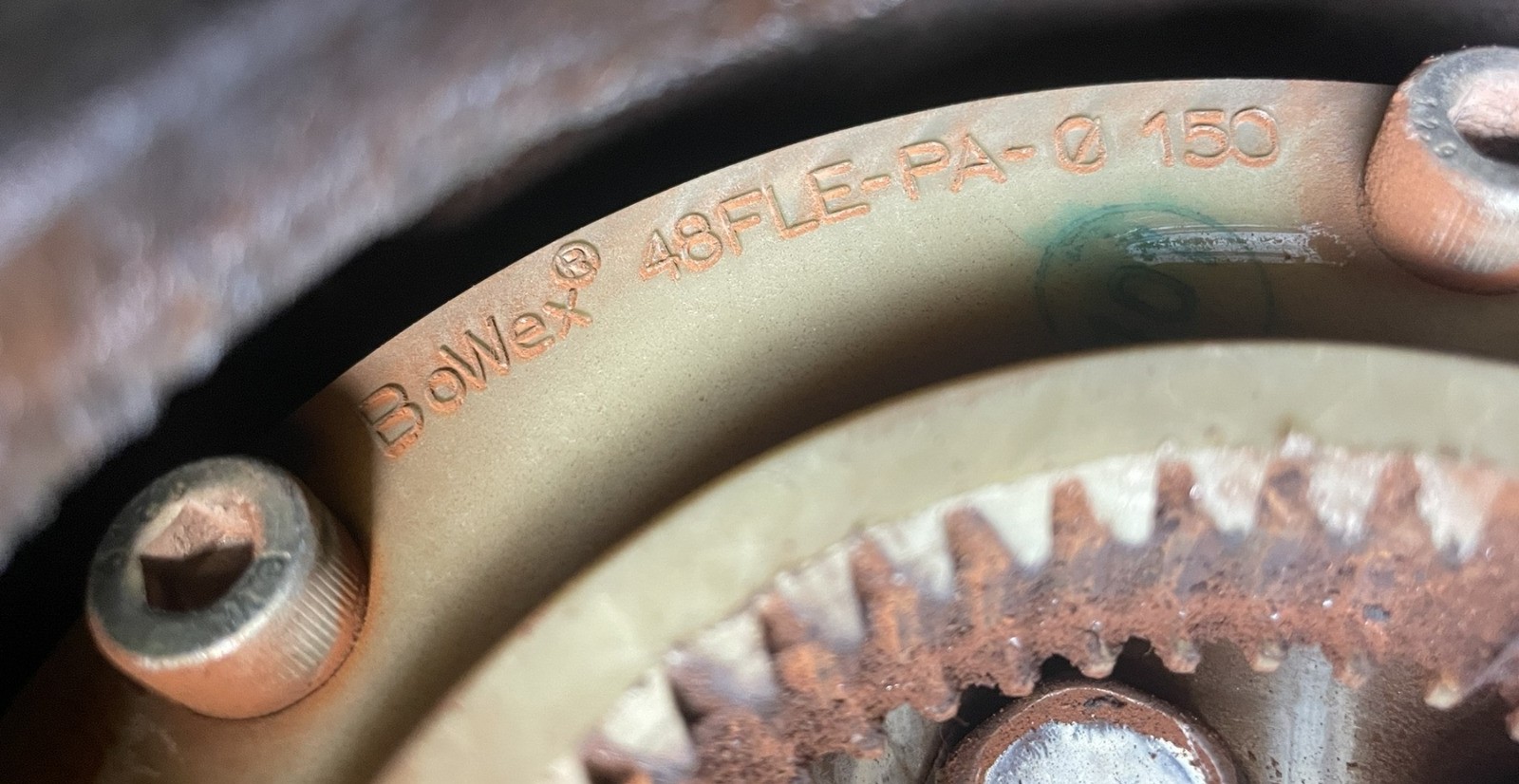
🛠 5. Using Non-Original Parts
Couplings that do not bear the markings:
BoWex® XX FLE-PA | KTR-Kupplungstechnik | >PA6-GF25< | D-4440 Rheine
…are most likely aftermarket copies.
These replicas may look similar but often:
- Use lower-grade plastic compounds
- Have imprecise tooth geometry
- Lack the same dimensional tolerances or thermal properties
Bottom line: OEM parts last longer, fit correctly, and reduce risk of breakdown.
🔍 How to Verify an Original Coupling
✅ Visual Markings to Look For:
- BoWex® 48/65/80/100 FLE-PA
- KTR-Kupplungstechnik
- >PA6-GF25< (material code)
- D-4440 Rheine (original KTR factory location)
✅ Tooth Count Matching:
- BoWex 48 FLE-PA = 50 teeth
- BoWex 65 FLE-PA = 42 teeth
- BoWex 80 FLE-PA = 46 teeth
- BoWex 100 FLE-PA = 48 teeth
- BoWex 125 FLE-PA = 48 teeth
📩 Send us a photo, tooth count, or bolt pattern — we’ll confirm the exact OEM part and deliver fast.
✅ Trust OEM Quality – Delivered by AWELASTIC
At AWELASTIC.com, we only supply original KTR BoWex® FLE-PA couplings, along with matching spline HUBS, fasteners, and inserts. All parts are verified and in stock for fast global shipment.
Avoid unexpected failures, downtime, and costly repairs — choose proven OEM components with correct documentation and support.
Need help? Contact us for technical verification or emergency coupling replacements. We’re here to get your engine running again.
You May Also Like
Understanding CENTAMAX Coupling Types – SB, SBE, SC, and SCE
Read ArticleRead ArticleDiscussion - CENTAMAX couplings are manufactured in several fitment types to suit different...
Why OEM Centamax Couplings Outperform Copies in Large Gensets
Read ArticleRead ArticleDiscussion - In high-output marine generators, gas power units, locomotives, and heavy...
Centaflex A Type 0 and Centaflex A Type 0–S – What is the difference?
Read ArticleRead ArticleDiscussion - Centaflex A Type 0 and Type 0–S – What Is the Difference? When selecting or...


